Standing out in a crowded market isn’t just about having a great product or service. It’s also about how you present it. And that’s where design principles come into play.
As a small business owner and entrepreneur, you might not have a big marketing team behind you but that doesn’t mean your brand can’t look polished, professional, and unforgettable. The key is understanding a few core design principles and how to apply them across your brand.
Whether you’re designing a logo, a flyer, a social media post, or packaging for your latest product, good design makes a difference. It creates recognition, builds trust, and helps you connect with the right audience. Let’s explore how smart design decisions can transform your business presence—from “just okay” to absolutely magnetic.
Why Design Principles Matter for Small Businesses
We live in a visual-first world. Before someone reads your Instagram caption or hears your elevator pitch, they’ve already judged your brand by how it looks.
- 90% of information transmitted to the brain is visual (MIT).
- It takes just 50 milliseconds for users to form an opinion about your website (Google).
That’s why it’s not enough to just throw together a Canva template and hope for the best. When you follow solid design principles, you create a brand that looks intentional, trustworthy, and worthy of attention—even on a small budget.
Core Design Principles (And How to Use Them to Elevate Your Brand)
When it comes to branding, marketing, and communication, design principles are the invisible glue that holds everything together. Whether you’re designing a social media post, website, or flyer for your business, applying these principles ensures your visuals aren’t just beautiful—but effective.
Here’s a breakdown of the essential design principles every small business owner should know, and how to use them to build brand clarity and connection.
Contrast: Make Key Elements Pop
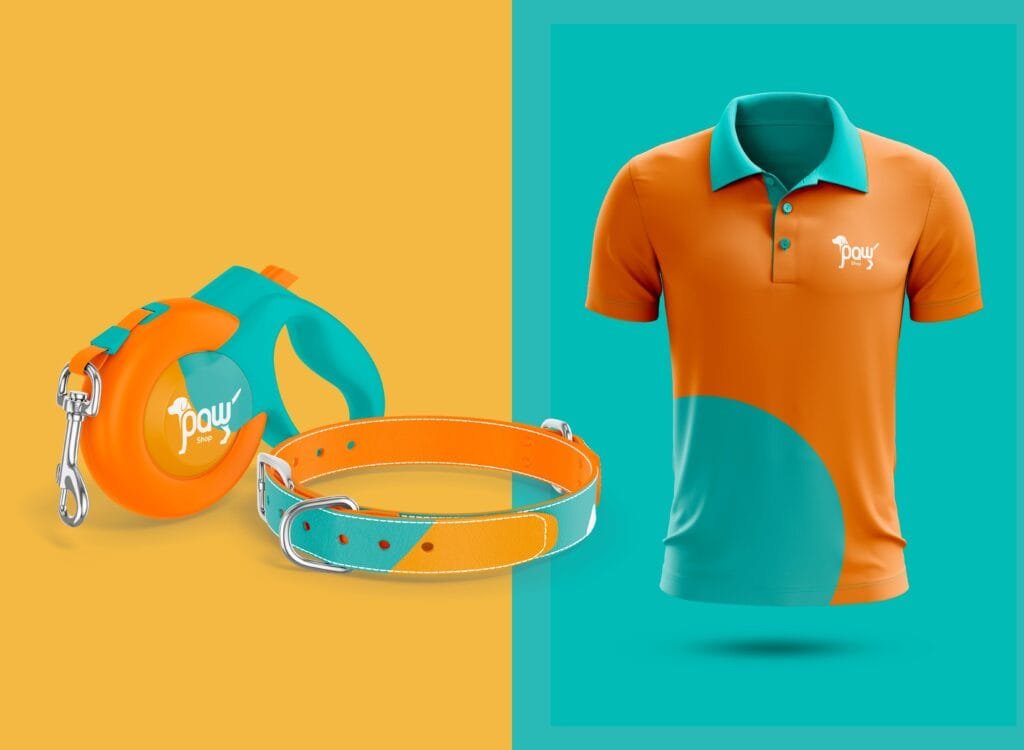
Contrast is all about difference—light vs. dark, large vs. small, bold vs. subtle. It draws attention to what matters most, like your logo, offers, or call-to-action buttons.
Tips:
- Use light backgrounds with dark text (or vice versa) for easy readability.
- Highlight important elements using bold fonts or accent colors.
- Ensure text passes accessibility checks for visually impaired users.
Read this: Small Business Win: Implementing Design Principle Contrast
Alignment: Create Clean, Professional Layouts
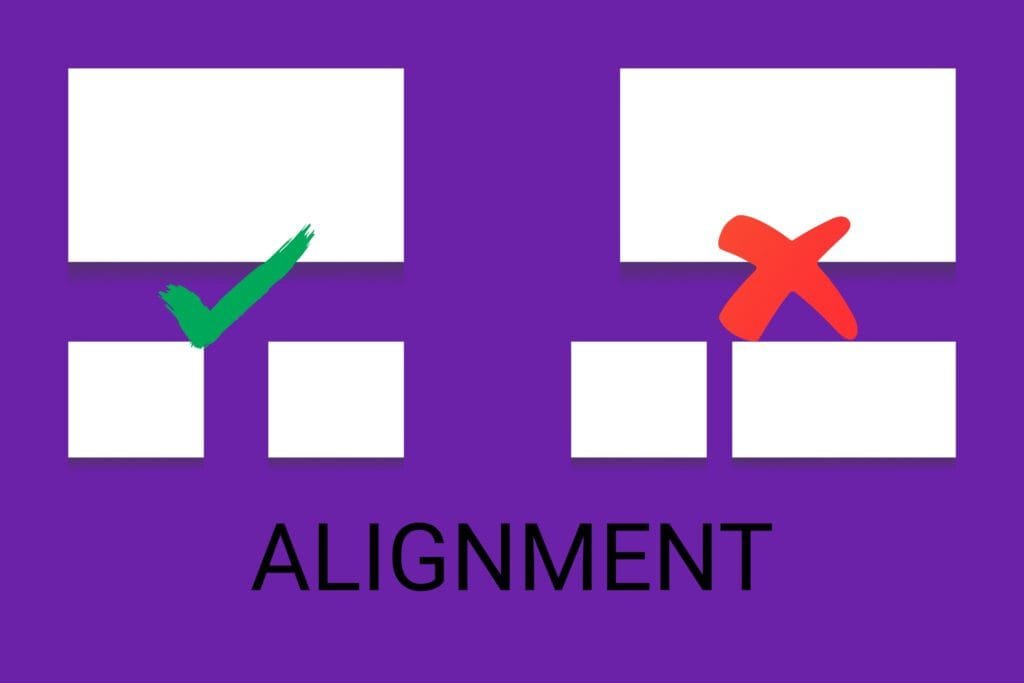
Alignment ensures every visual element feels connected and intentional. Poor alignment makes designs look messy or unprofessional.
Tips:
- Use grid systems or guides in tools like Canva or Adobe XD.
- Align text consistently—choose left, right, or center, and stick with it.
- Even spacing helps the viewer’s eye move smoothly across the design.
Read this: Design Principle Alignment: Elevate Your Small Business Instantly
Hierarchy: Guide the Viewer’s Attention
Visual hierarchy is about leading your viewer through your content in the right order—from headline to details to action.
Tips:
- Use larger font sizes for headlines, medium for subheadings, small for body text.
- Contrast colors and spacing to show importance.
- Place the most important information (like promotions) near the top or center.
Repetition: Build Brand Recognition
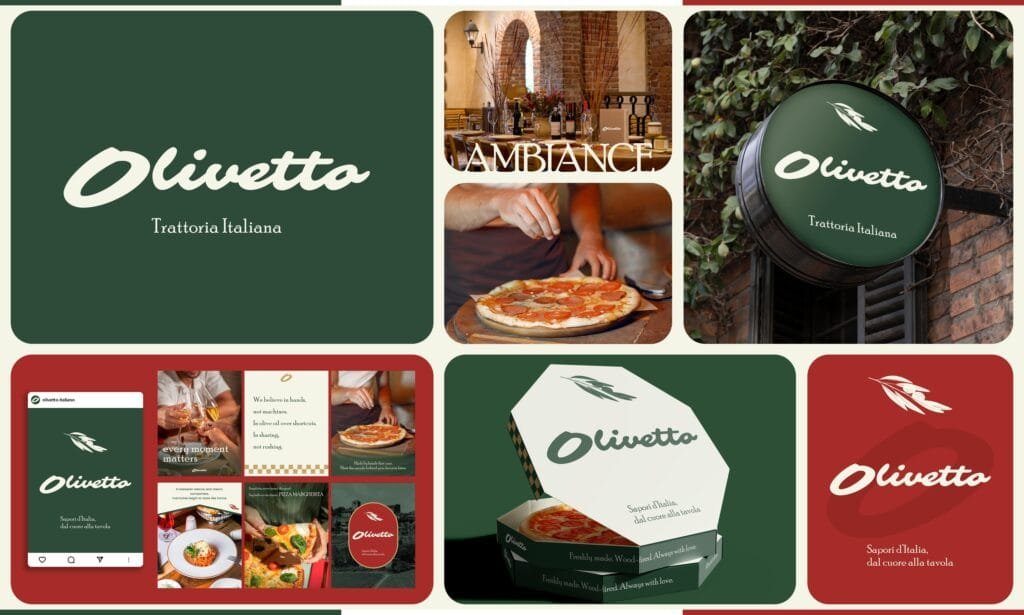
Repetition builds consistency and trust. When your designs feel familiar, your brand becomes more recognizable.
Tips:
- Use the same brand colors, logos, and fonts across all platforms.
- Keep your tone of voice and messaging consistent.
- Templates are a great way to repeat layout and structure.
Proximity: Organize with Purpose
Proximity means grouping related items together to show connection. It avoids confusion and improves usability.
Tips:
- Keep text close to relevant images or icons.
- Group similar items (like form fields or service lists) visually.
- Use padding to separate unrelated elements.
White Space: Let Your Design Breathe

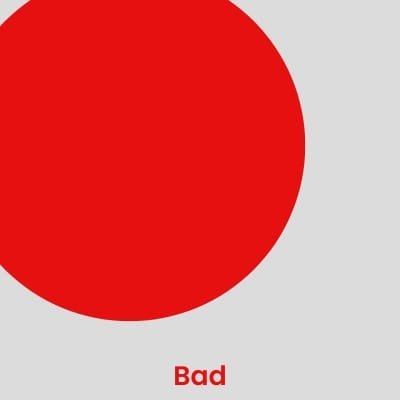
Also called negative space, white space is the empty area between elements. It brings balance and clarity to your design.
Tips:
- Don’t overcrowd your layout—less is more.
- Add padding around sections to improve focus and readability.
- Embrace simplicity to make your message stronger.
Color Theory: Influence Emotion and Behavior
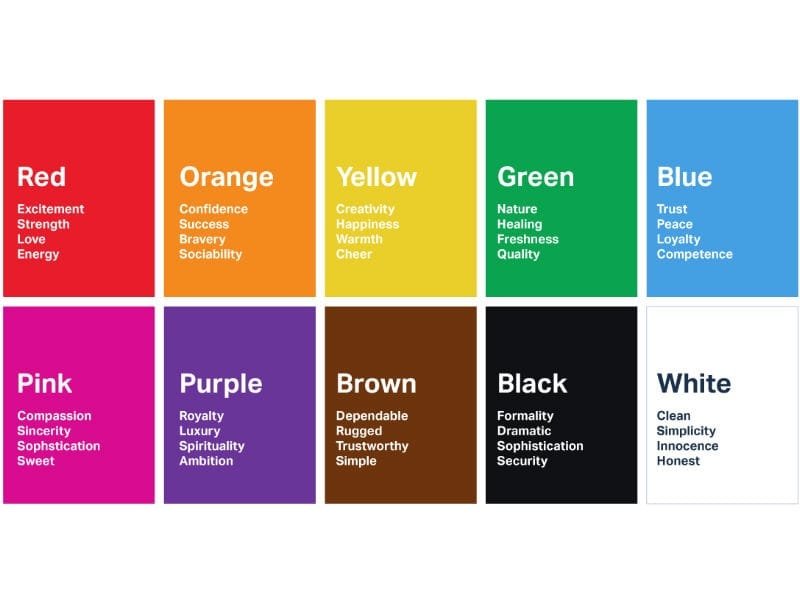
Color isn’t just visual, it’s emotional. The right palette can instantly communicate your brand’s personality.
Tips:
- Choose colors based on your brand vibe:
- Playful → bright & bold (yellow, aqua, coral)
- Luxurious → rich tones (emerald, black, gold)
- Trustworthy → calm neutrals (blue, gray, white)
- Stick to 2–3 main colors plus 1–2 neutrals for balance.
- Use colors strategically to draw attention or create harmony.
Read This: Color Theory Class Every Small Business Needs
Typography: Set the Tone
Your typography (font choices) plays a big role in how people perceive your brand.
Tips:
- Choose one font for headlines and one for body text.
- Prioritize legibility, especially on mobile screens.
- Serif fonts = classic and trustworthy; sans-serif = modern and clean.
A Step-by-Step Guide to Applying Design Principles to Your Brand
You don’t need to be a designer to create visuals that feel intentional and professional. By applying core design principles at every stage, you can build a brand that looks cohesive, trustworthy, and truly stands out.
Step 1: Define Your Brand Personality with Visual Intention
Before applying any design, you need to understand who you are as a brand. This clarity sets the foundation for every visual decision.
- Write down 3–5 adjectives that reflect your brand (e.g., modern, playful, trustworthy).
- Consider your audience: What type of design language resonates with them?
- Collect mood board references that reflect your personality using platforms like Pinterest or Milanote.
✦ Design Principle Focus: Alignment with brand identity
Step 2: Choose Visual Elements That Reflect Your Brand
This is where you start intentionally applying contrast, repetition, and color theory to your branding.
- Pick 2–3 core brand colors and 1–2 neutral tones.
- Select fonts that are legible and match your tone—use contrast between heading and body fonts.
- Define your image/illustration style (clean, textured, hand-drawn, etc.).
✦ Design Principle Focus: Contrast, Repetition, Color Theory, Typography
Step 3: Create Core Brand Assets with Consistency in Mind
Your visual assets should communicate your message clearly while applying visual hierarchy and alignment.
- Design a versatile logo (primary, secondary, and icon versions).
- Create marketing tools: social templates, business cards, packaging.
- Ensure elements like spacing, font sizes, and alignment follow a consistent logic.
✦ Design Principle Focus: Hierarchy, Alignment, Repetition
Step 4: Build a Visual Style Guide That Applies Design Principles
A brand style guide isn’t just about aesthetics—it’s your rulebook for consistent application of design principles across all platforms.
- Document brand colors (with hex codes), fonts, spacing rules, and logo usage.
- Include visual dos and don’ts to prevent inconsistent design decisions.
- Share it with your team or collaborators to maintain brand alignment.
✦ Design Principle Focus: Repetition, Proximity, White Space
Step 5: Apply It Consistently Across Every Brand Touchpoint
Every customer interaction—online or offline—should reflect the same design logic.
- Use your visual system on social media, your website, packaging, and ads.
- Apply proximity, alignment, and white space to make designs easy to scan and digest.
- Stick to your brand rules so your business feels familiar and professional.
✦ Design Principle Focus: Proximity, Alignment, White Space, Repetition
Avoid These Common Pitfalls in Applying Design Principles
- Using too many fonts or colors: Stick to your visual system.
- Cluttered layouts: Embrace white space.
- Inconsistent branding: Use a style guide to maintain alignment.
- Ignoring mobile design: Make sure everything looks great on small screens.
Final Thoughts: Design Principles That Strengthen Your Brand
Great design isn’t about being flashy—it’s about being intentional. It’s about making it easier for people to connect with your brand, trust your message, and take action.
If you’re struggling with DIY design or want a more consistent brand image, start with the basics: contrast, alignment, hierarchy, repetition, and color. Apply those principles across your brand, and you’ll immediately elevate how customers see you.
Want help getting there? Check out Koalart Creative, We help small businesses craft standout brand identities using these exact principles. Our design solutions are tailored for restaurants, spas, gym, pet shop and more.
We back it all with 24/7 support and ongoing guidance. You don’t need a big budget to look polished, you just need the right design foundation. But even if you go the DIY route, you’re already on the right track by learning how design works.
Your brand deserves to stand out. Start designing like it.




